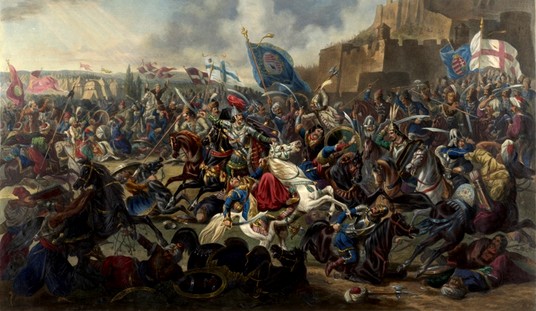Who killed the Swedish car? Our good friends at Government Motors:
But as so often happens in the capital-intensive auto business, the dreamers fail. On Monday, Muller finally threw in the towel after an exhaustive hunt for financing to keep the company going. In reality, Saab died last spring when the company stopped producing cars in Sweden and couldn’t meet its payroll. Sporadic cash infusions from the Swedish government and various Chinese investors had extended Saab’s life artificially, but now, finally, it will be liquidated.
Ironically, it was GM that finally forced Muller to end his resuscitation bid. The U.S. carmaker (which had been licensing technology to Saab) still owned preferred shares in Saab, thus giving it a say in any potential change of control. Muller had a last-ditch plan to sell Saab to a Chinese contract manufacturer, Youngman, for about $130 million. But GM, which is the leading manufacturer in China through its joint venture with China’s SAIC, objected, saying it couldn’t support a deal that would create a new competitor in China (especially one using GM’s intellectual property, although it’s not entirely clear how much GM technology would have been in Saab’s next products, including the 9-5 sport wagon, 9-3 compact and 9-1 subcompact).
GM’s decision to end its licensing and contract manufacturing relationship with Saab, and refusal to back the Youngman buyout, was the final nail in the coffin.
Then again, SAAB’s fate was probably sealed when GM purchased the company in 1989. The General had too many marques and too little market share to justify the takeover, even back then. From there, things got worse, and the funky little carmaker became just another rebadged GM Whatever.
Such a shame.









Join the conversation as a VIP Member